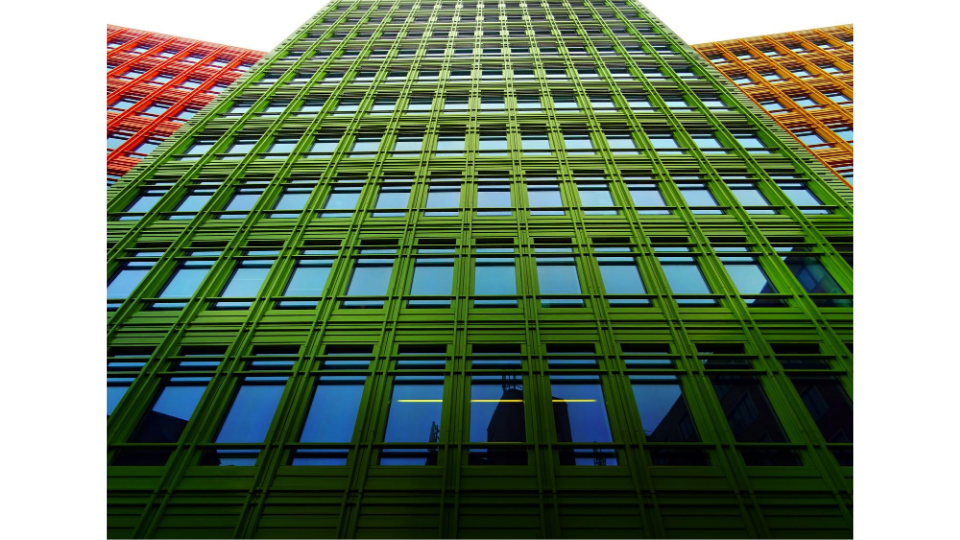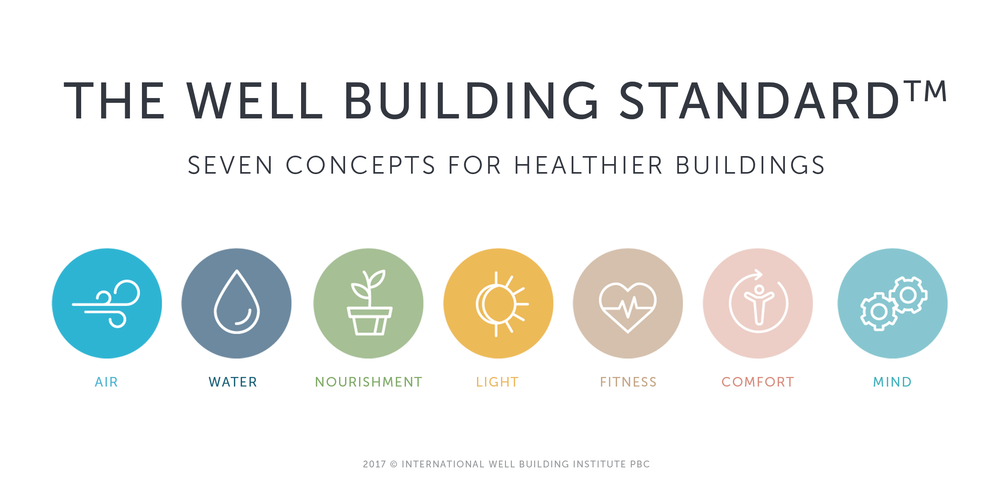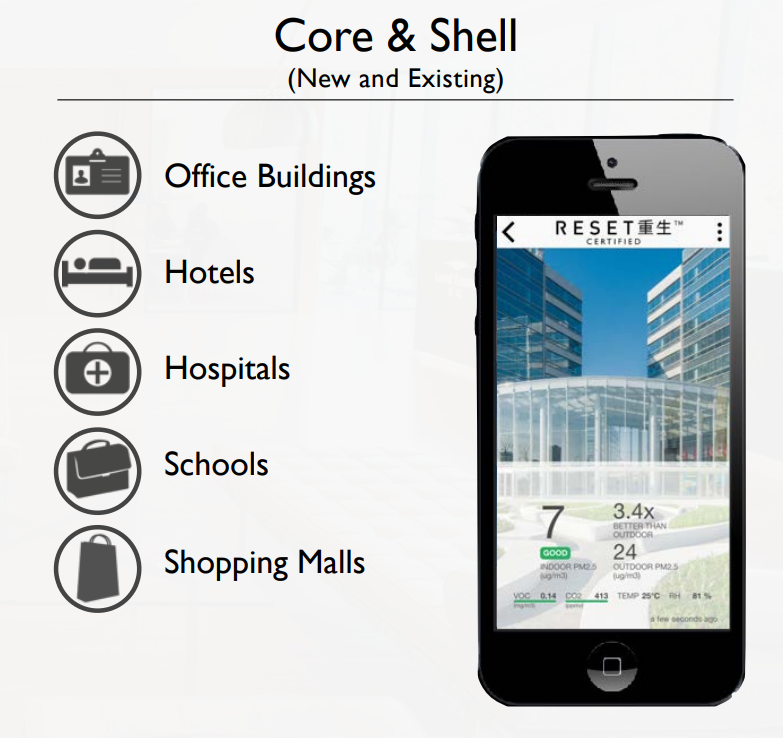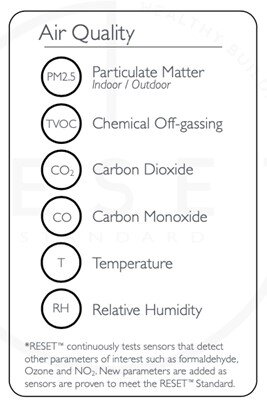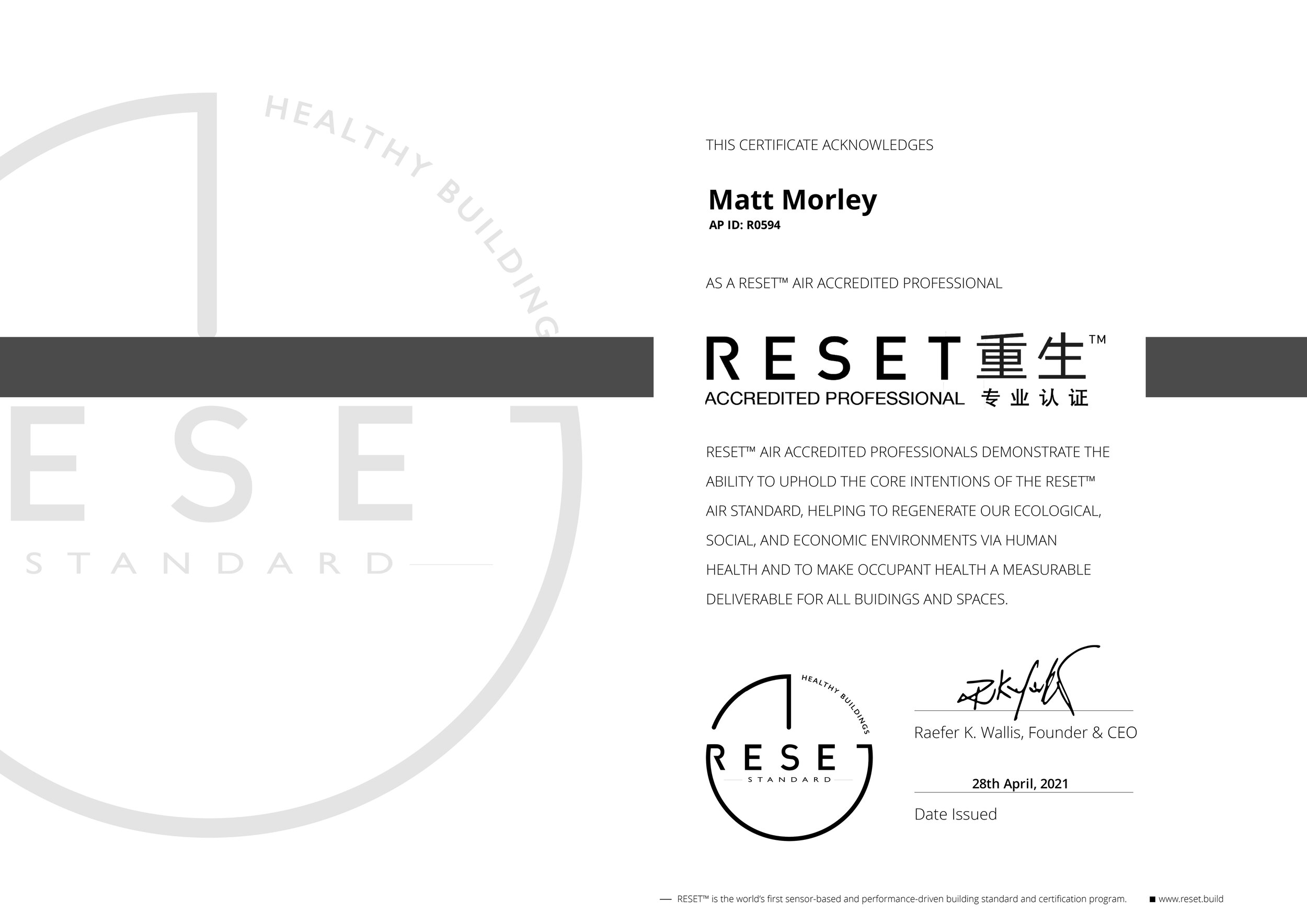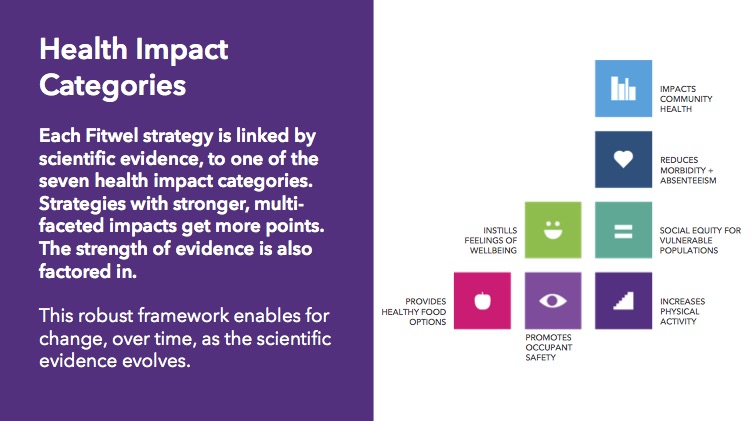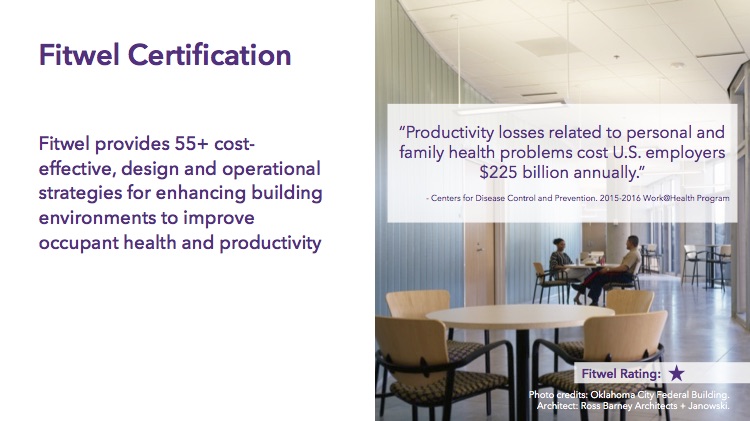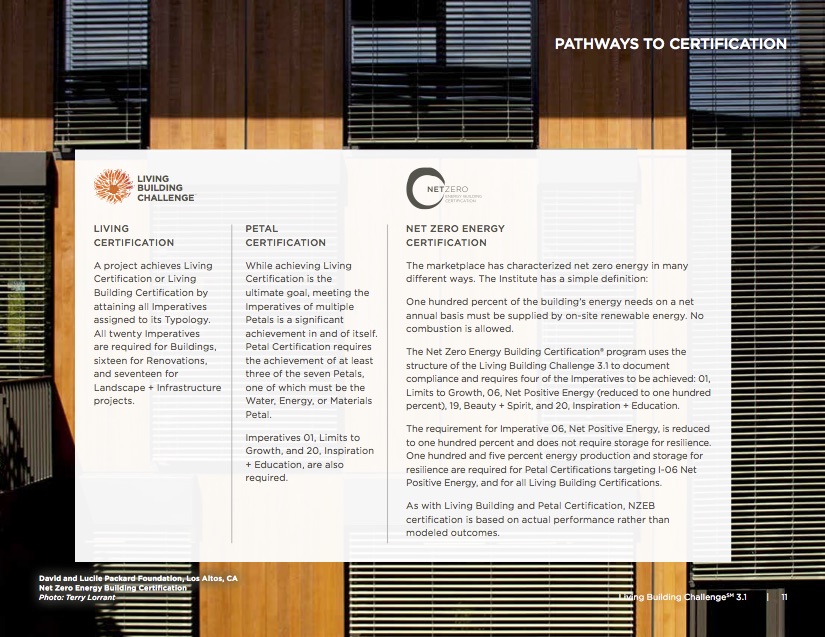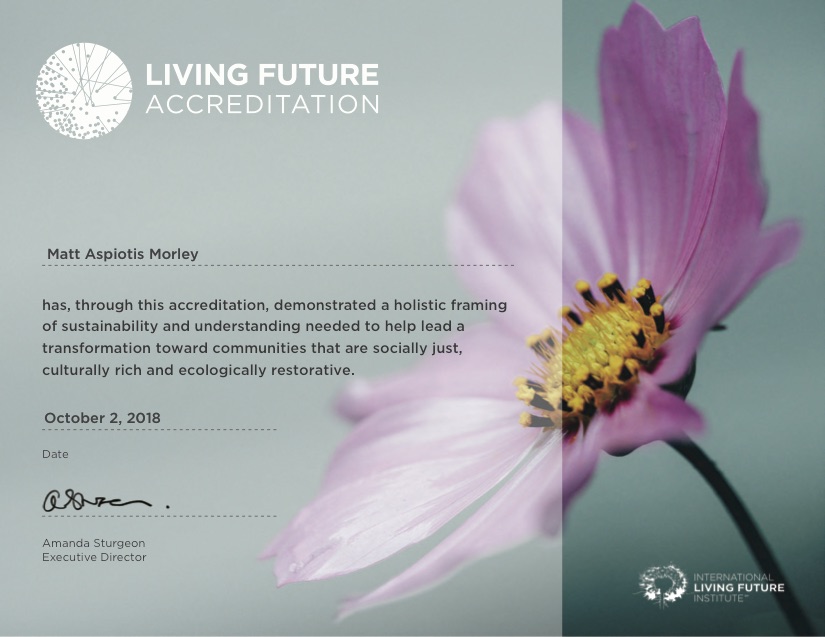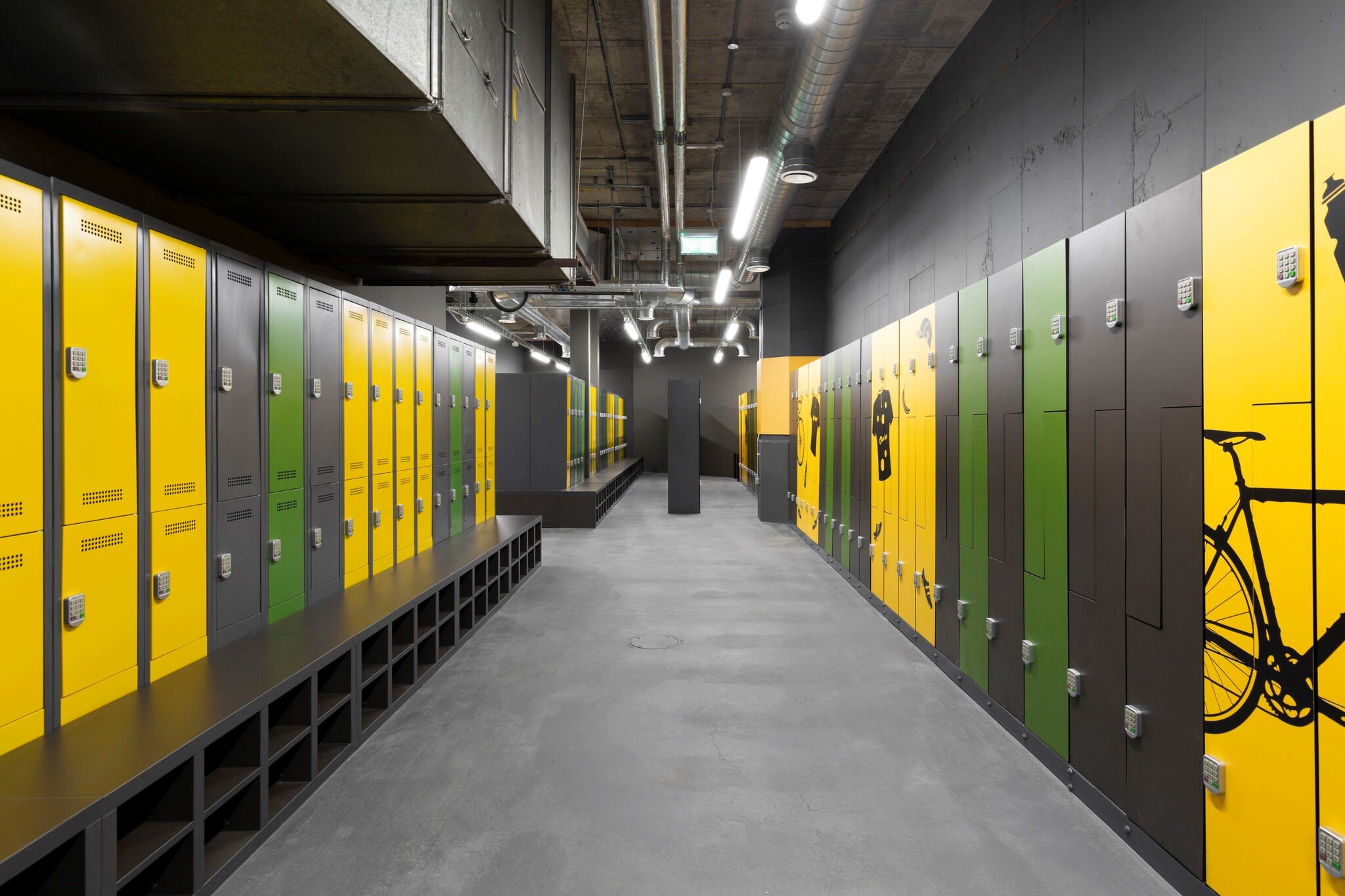A GUIDE TO green building CERTIFICATION & healthy building certification
Biofilico: certified consultants in real estate wellbeing & sustainability standards
Active Score AP
BREEAM Associate
FITWEL Ambassador
LIVING FUTURE Accredited Professional
RESET Air AP
WELL AP
Buildings have a lasting impact on the environment in the construction, refurbishment and occupancy phases, right through to demolition or repurposing.
Real estate uses energy, water and materials that generate waste so aligning with the rigor of green building certification credit requirements from USGBC LEED, BREEAM and Living Future is critical to ensuring global best practices are consistently implemented.
A relatively new arrival, healthy building certifications focus more on the human health aspect of a building or community. Sick Building Syndrome is a commonly used term to describe the physical and mental affects of spending time in a space that has poor indoor air quality, acoustics and lighting, that does not promote physical activity, or offer healthy food options, a connection with nature or access to nearby public transport, for example.
Do you need a green building or a healthy building certification?
With a growing number of green building certifications and healthy building certifications on the market today, it can be a challenge to understand which one is most appropriate for your real estate development or commercial interior project.
Green building standards, along with green building certification systems, represent a set of criteria for improved building performance.
In the broadest of terms, we would group LEED and BREEAM together as sustainability-oriented or ‘Planet’ dominant (concerned primarily with energy, water, materials, waste, transport, and so on) whilst WELL and FITWEL are for healthy buildings or ‘People’ dominant (indoor air quality, biophilic design, acoustics, light, mental health, nutrition, fitness, etc.).
A combination of two building certifications (Planet + People) is often a desirable route for many real estate developers and interior design fit-outs today.
For our guide to the essential principles of a healthy building see here.
WELL Healthy Building certifications consultants
The WELL standard by the International Well Building Institute (IWBI) completely re-wrote the rulebook of human-centric building certifications zeroing in on human health in particular.
As such, WELL went further than both LEED and BREEAM in its quest to promote wellness real estate and well buildings. WELL certification therefore pairs neatly with LEED or BREEAM.
Credit categories on wellbeing in the built environment cover indoor quality, water, nourishment, light, comfort, fitness, mind and innovation.
A WELL Associated Professional (a.k.a “APs”) plays the role of project lead, ensuring that the stringent demands of the standard are successfully implemented while Performance Verification is completed by an authorized WELL Performance Testing Agent (a.k.a an assessor in other words).
This healthy buildings standard is all about incorporating health and wellness in buildings to improve human health.
Contact us to discuss WELL certification for your healthy building, office or gym.
RESET AIR Quality Certification / Standard
RESET stands for “Regenerative, ecological, social and economic targets” and now sits somewhere between the healthy buildings and green buildings specialists.
The goal of RESET is to make occupant health measurable leveraging technology, shifting the focus from prescriptive design to measured results, using cloud software and making building data ‘social’ (easily available to occupants).
The RESET AIR standard for healthy buildings focuses on indoor air quality.
We have taken the RESET AP, or RESET Accredited Professional exams and have become great fans of this system that offers our clients comparative freedom in terms of how they address air quality issues, whilst still offering science-backed rigour in its results.
The three main components of RESET AIR are:
Deployment and installation of monitors (APs are trained to create a professional monitor deployment plan
Standards for qualified monitors (only Grade A and B, not retail grade C)
Standards for collecting and reporting data via accredited cloud data providers (priority is data completeness and data on a project meeting targets for key pollutants of TVOC, CO2 and PM2.5 specifically)
Contact us to discuss your RESET assessment enquiry
FITWEL healthy building certification consultants
As a certified FITWEL Ambassador, we have found this healthy buildings certification program to be user-friendly, manageable in scale and just the right side of demanding.
All of our design work incorporates these human health principles but pursuing official certification for a workplace or residential project with our help offers an additional framework during the design process as well as valuable recognition from an international organization upon completion.
Overall, when speaking about healthy building standards and certification systems, FITWEL is less demanding on capital expenses than the WELL healthy buildings standard as it is slanted more towards building operations than upfront CAPEX design decisions.
FITWEL has a number of standout ‘active design’ features such as a focus on promoting stairwell usage as well as a strong section on integrating healthy food options such as farm stands into the workplace.
The FITWEL process can be managed entirely online via their portal, meaning considerably less outlay for green building consultancy costs (i.e. no Assessor needed) when working with an Ambassador on the submission. Certification levels are One Star (90-104 points), Two Stars (105-124 points) and Three Stars (125-144 points).
Contact us to discuss how we can help your building or interior space with FITWEL certification.
International Living Future Institute (ILFI) certification consultants
The ILFI and its Living Building Challenge imagines workplaces, neighborhoods, villages, towns, and cities with buildings informed by a bioregion’s characteristics, that generate all of their own energy with renewable resources, captures and treats all of their water, and that operate efficiently and for maximum beauty
As a Living Future Accredited Professional, we are committed “to creating solutions to complex problems and challenges in working towards a socially just, culturally rich and ecologically restorative environment with a focus on the built environment.”
This green building certification system is especially stringent on avoiding products from its red list and pushing for an ideal of Net Zero Energy. The key categories to note are Place, Energy, Health & Happiness, Materials, Equity and Beauty.
The latter, Beauty, is of particular note as something missing from other green building and healthy buildings certification systems, not to mention national green building certification.
Contact us to discuss Living Future accreditation for your building project.
WELL Health & Safety Rating certification consultants
The latest addition to the WELL stable is a new seal aimed at a broader audience than the full WELL Building Standard, focusing on a narrower selection of criteria that can be immediately implemented by owners and Facility Managers, without the need for large chunks of CAPEX as with the full WELL certification.
Principle categories in use here are Cleaning and Sanitization Procedures; Emergency Preparedness Programs; Health Service Resources; Air and Water Quality Management; and finally Stakeholder Engagement and Communication.
A total of 15 features need to be implemented from within these categories in order to secure the certification.
US Green Building Council LEED certification consultants
LEED green building certification, or Leadership in Energy and Environmental Design, offers various categories such as Building Design & Construction, Operations & Maintenance, Interior Design & Construction, Homes and Neighborhood Development.
LEED Green Associates have a general knowledge of the LEED process, making them ideal additions to any project team.
LEED APs with specialism are able to implement the LEED process from start to finish for their chosen area of expertise, such as Building Design & Construction (BD+C) for example.
A LEED Assessor is still required to review the project at the end of the process.
There are six main credit categories: Sustainable Sites, Water Efficiency, Energy & Atmosphere, Materials & Resources, Indoor Environmental Quality and Innovation & Regional Priority. Certification levels are Certified (40-49 points), Silver (50-59), Gold (60-79) and Platinum (80+).
Contact us to discuss LEED certification for your green building or interior.
BREEAM green building certification consultants
BREEAM covers Management, Health & Wellbeing, Energy, Transport, Water, Materials, Waste, Land Use & Ecology, Pollution and Innovation categories.
A BREEAM Associate has a general understanding of the principles and processes of the scheme(s) that they can use in support of their main project role and responsibilities.
A BREEAM Advisory Professional assists project teams in their individual and collective decision-making and evidence preparation throughout a project with a view to optimise performance, assessment management and efficiency.
Finally, a BREEAM Assessor may register and undertake assessments of projects/assets, determine ratings and apply for certification from an accredited scheme operator.
Certification levels range from Good (>40%), Very Good (>55%), Excellent (>70%) and Outstanding (>85%).
Contact us to discuss BREEAM certification for your green building or interior.
image courtesy of active travel score
Active Score healthy building certification
The active travel concept is now well established within the healthy buildings movement. Essentially it’s about supporting micro-mobility, and the facilities that such forms of transport to and from a building require from a landlord or developer.
‘Micro-mobility’ as a concept today includes jogging, cycling (be it on a standard, folding, or baby carrier bike) and e-scooters - expect that list to expand over the years as new battery-powered mobility trends emerge.
As an ActiveScore AP one is responsible for marking a project for its active mobility credentials, topics include the number and variety of bike and e-scooter parking spaces, security measures in place to protect them, the extent of the shower facilities and related services, community building efforts around active commuting amongst building occupants, the look and feel of such parking areas as well as their location, ease of access, and so on.
Just as one may decide to focus on indoor air quality with RESET Air, a project can seek recognition for its active travel facilities with Active Score, perhaps side-stepping the often onerous costs of full WELL healthy buildings certification.
Contact us to discuss your Active Travel Score strategy and assessment.
Others on our radar:
-
Based on the principle that a building’s health and wellbeing facilities are a strong driver of desirability for a potential tenant, and their workforce, the Active Score Certification offers a set of standards that help landlords, leasing agents and indeed prospective tenants know what a specific building offers by way of active travel facilities. The certification is broken down by 70% infrastructure, 20% occupier engagement services and 10% future proofing. Benchmarks are taken against the WELL Building Standard, BREEAM and a local borough’s planning guidance.
-
The UK-based BRE Environmental Assessment Method is a metric system that measures the sustainablity of all building types. Categories include energy and water use, health and wellbeing, pollution, transport, waste, materials, ecology and management processes. A European alternative to LEED and now the semi-official guideline adopted by UK planning regulations for new build constructions.
-
A healthy building certification established by the US Centre for Disease Control (CDC) that focuses on accessible design and operational policies designed to improve the wellbeing of building occupants. Compared to the WELL Building Standard, it requires less upfront CAPEX investment and more collaboration in the in-use phase of a building, specifically with HR teams, tenants and facilities management. Although less comprehensive than WELL, its lower price point means FITWEL is an important extension of the healthy building movement into previously unaccessible corners of the industry.
-
The leading real estate ESG benchmarking tool for development funds looking to align their Environmental, Social and Governance initiatives with global standards. Increasingly relevant for larger funds bringing on institutional investors who want to be sure their money is going into ESG-friendly projects.
-
ILFI oversees the most rigorous building standard in the world to date in our opinion (Living Building Challenge), which guides designers towards creating self-sufficient, healthy, essentially "living" structures. The goal is specifically to form regenerative buildings with a positive impact on both human and environmental health, no small feat! To encourage wider participation, the LBC also allows projects to pursue specific 'petals' (sections) of the certification without necessarily signing up to the whole thing.
-
RESET adopts a sensor-based and performance-driven approach to gathering, analyzing and benchmarking the built environment. Having launched with the Air healthy building standard, there are now five stand-alone standards covering Materials, Air, Water, Energy, and Circularity, that when taken together made RESET a comprehensive green building and healthy building certification.
-
The Leadership in Energy and Environmental Design standard by the US Green Building Council (USGBC) is arguably the world's leading green building certification standard. It was one of the first out of the box and has managed to evolve in line with market demands to maintain a dominant role in the green building sector. Chapters cover Location & Transportation; Sustainable Sites; Water Efficiency; Energy & Atmosphere; Materials & Resources; Indoor Environmental Quality and Innovation. Many projects today pursue LEED and WELL standards in parallel for both a green building and a healthy building certification.
-
A healthy building certification system that focuses on how the built environment affects human health and wellness through strategies such as air, light, nourishment, water, fitness, comfort, and mind. WELL is delivered by the International Well Building Institute, or IWBI, and is today the leading healthy building standard on the market, often deployed alongside a green building standard for a particularly investor-friendly 1-2 combination.
Further Reading
The Secrets Of A Healthy Building: 9 Essential Principles For Optimal Wellness And Sustainability
Well Building Standard Movement V01 Active Buildings & Communities
Well Building Standard Movement V05 Site Planning & Selection
Well Building Standard Movement V09 Physical Activity Promotion
Introducing The World Green Building Council Health & Wellbeing Framework
Top Five Real Estate Developers Using Biophilia For Sustainability & Wellbeing
Carlo Battisti - A Vision For Biophilic Architecture And Interiors In Regenerative Real Estate
The Best New Green & Healthy Office Buildings In Barcelona, Spain
Top Wellness Residential Real Estate Developments In The Usa
Wellness Lighting Strategies In Green Buildings And Healthy Buildings
Our Healthy Building, Wellbeing Interiors & Biophilic Design Projects
Well Building Standard: Movement V08 Physical Activity Spaces & Equipment
Healthy Communities Movement For More Environmentally Conscious Future
The Role Of Rooftops In Healthy Sustainable Building Designs
Health & Wellbeing Strategies For Wellness Lifestyle Real Estate & Mixed-Use Communities
Healthy Buildings And Reset Air Quality Commercial Interiors
A Guide To Reset Air Residential - Healthy Building Standard
Sustainable Hotel Resort Standards, Certifications And Ecolabels
How To Create Healthy Interiors For Nursery, School Or University Settings
